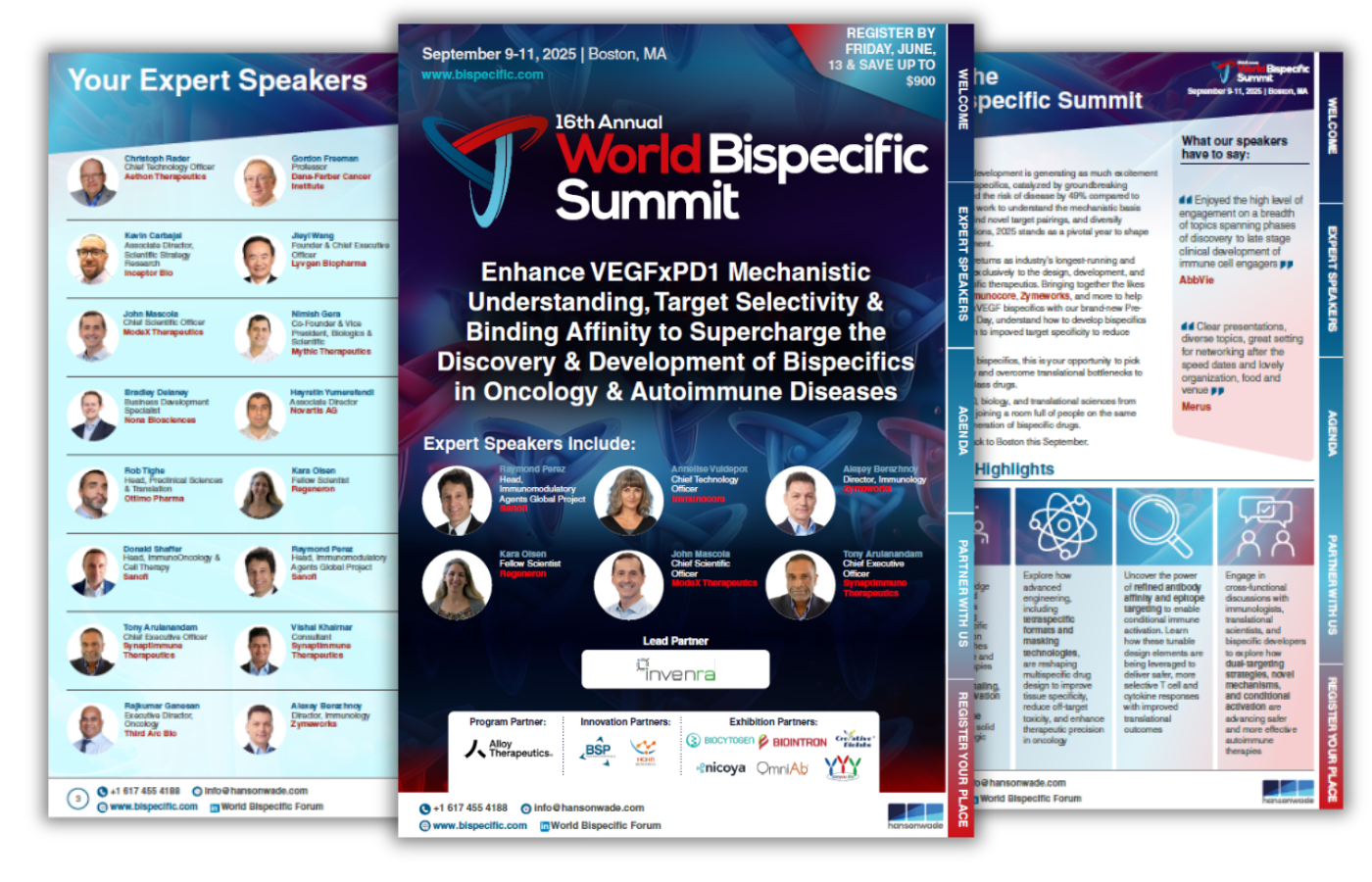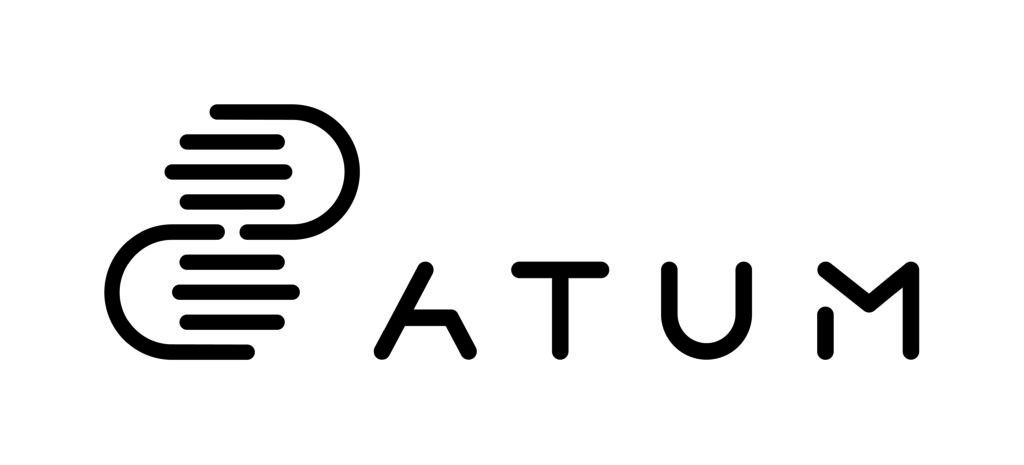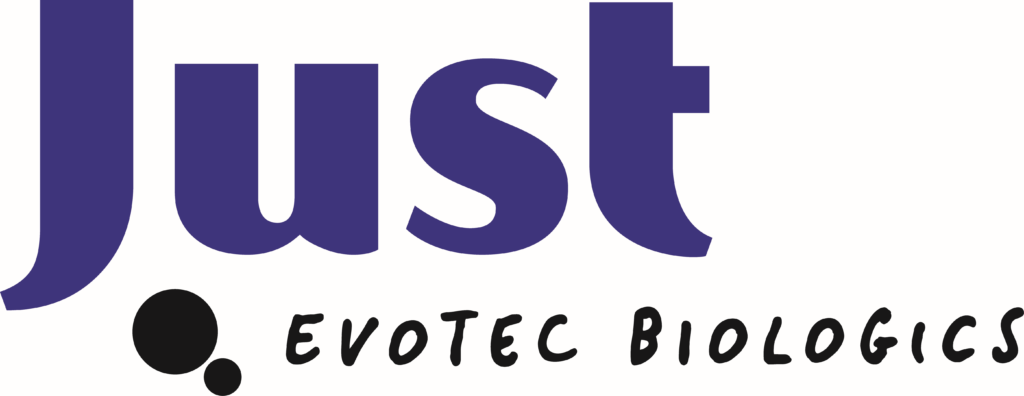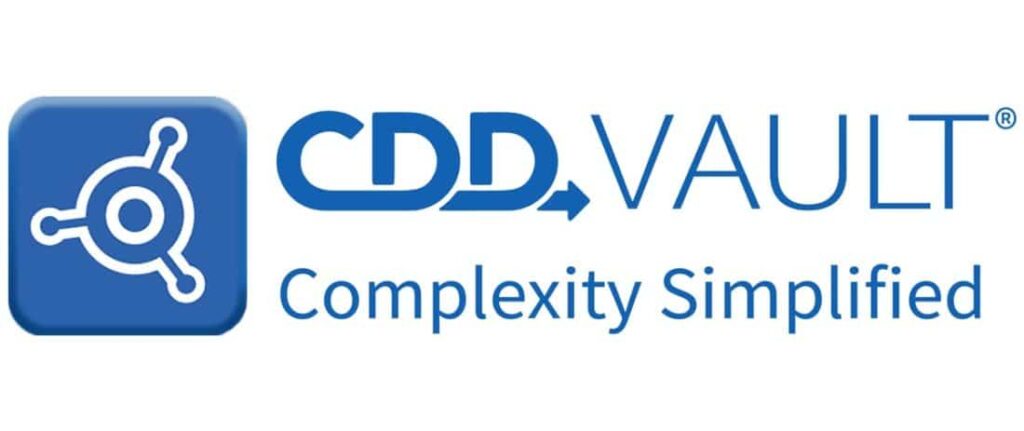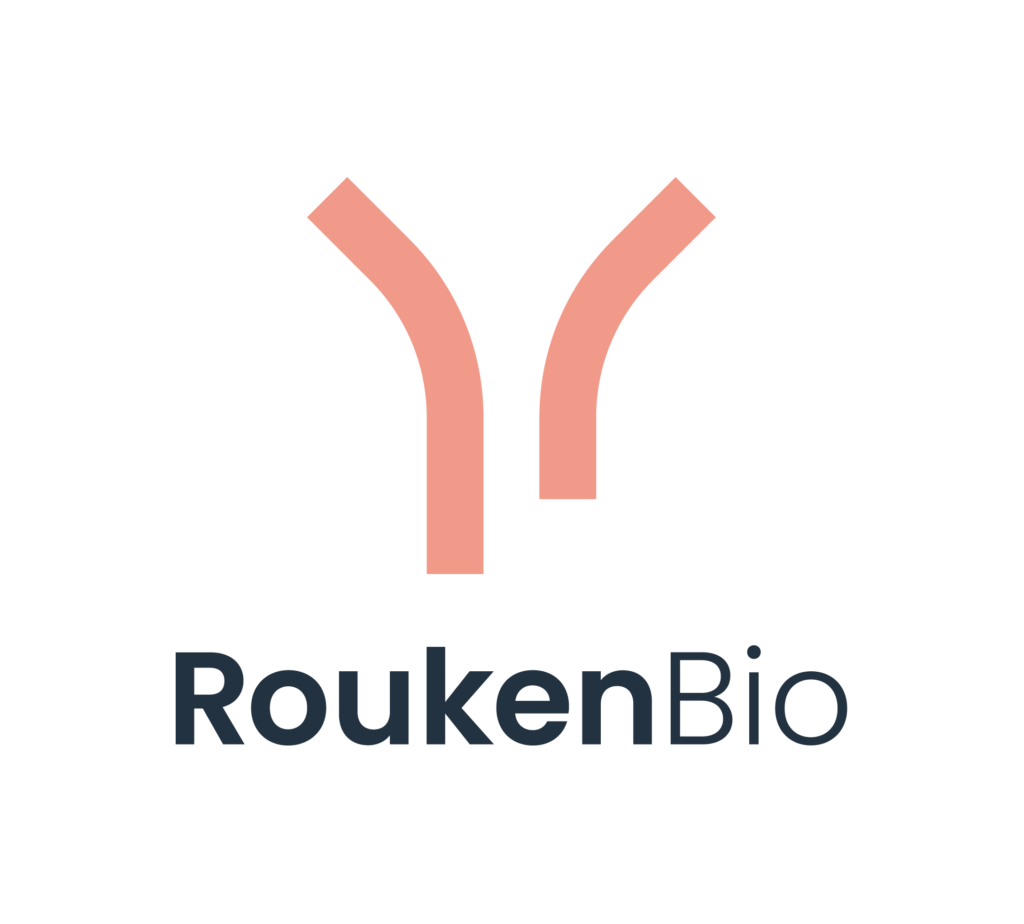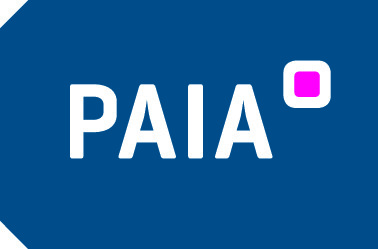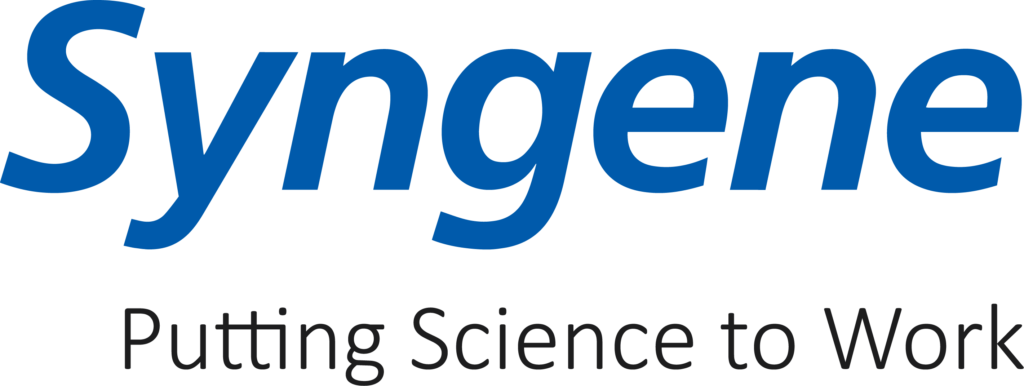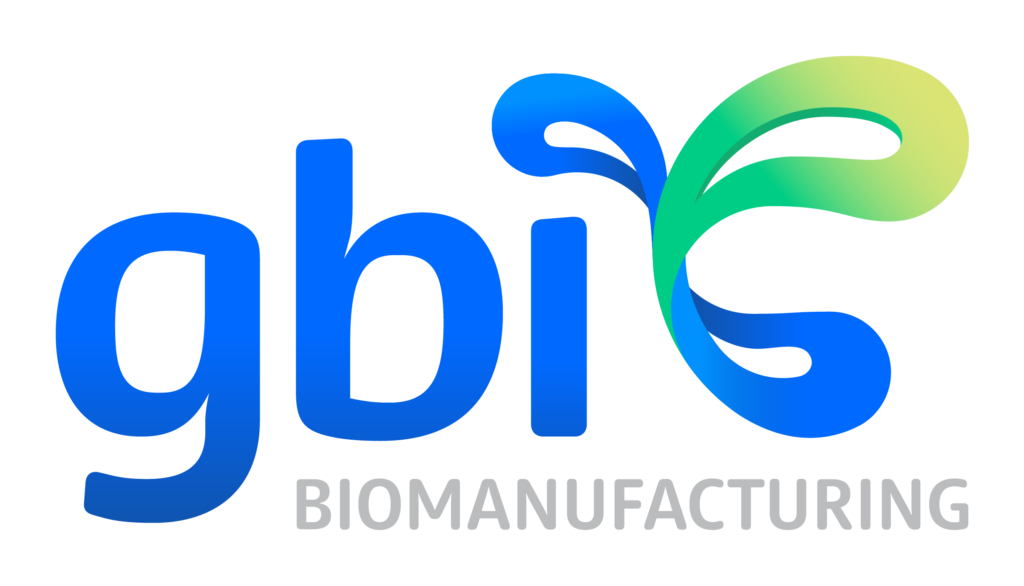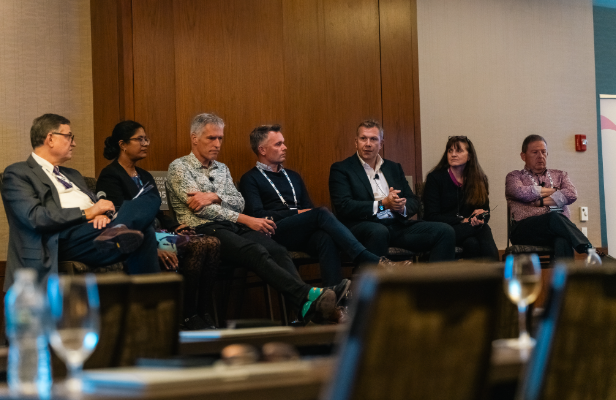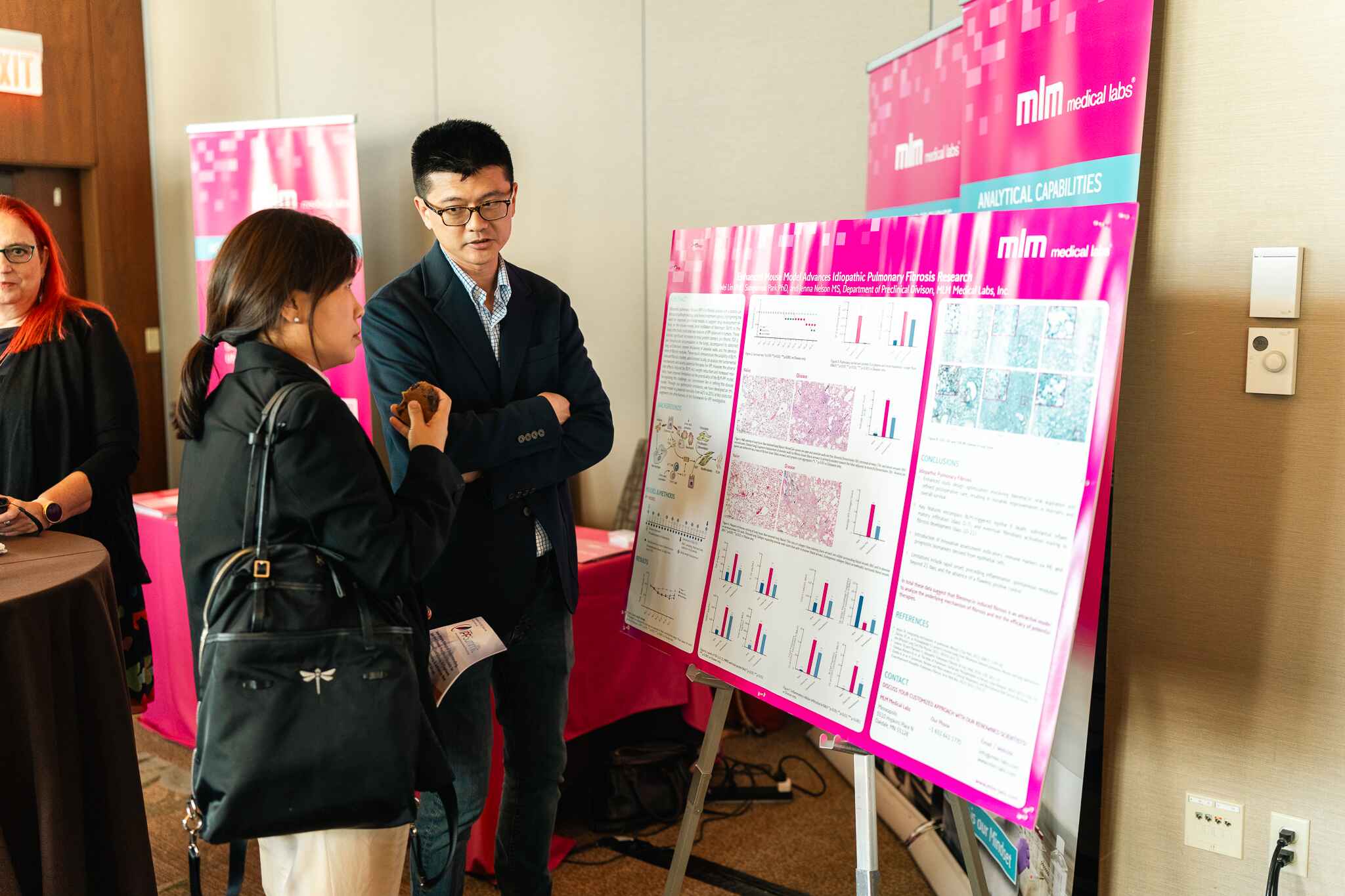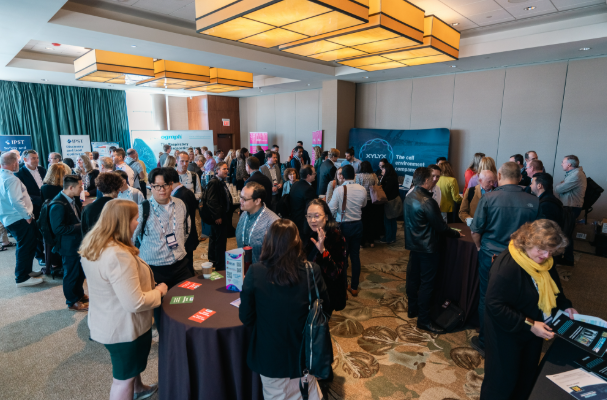Next Event in the Series:

Enhance VEGFxPD1 Mechanistic Understanding, Target Selectivity & Binding Affinity to Supercharge the Discovery & Development of Bispecifics in Oncology & Autoimmune Diseases
Groundbreaking data from Akeso and Summit Therapeutics has shown that ivonescimab reduced the risk of disease progression by 49% compared to the PD-1 inhibitor standard of care in NSCLC, redefining the strategic landscape for bispecific development. As a result, bispecifics continue to deliver real-world clinical success, from PD-1xVEGF to CD3-based TCEs. However, drug developers now face new challenges in translating this progress into best-in-class therapies.
While bispecific developers work to understand the mechanistic basis of this target combination, the industry strives to find the next best target. As development diversifies beyond oncology into autoimmune diseases and T-Cell Engagers, 2025 stands as a pivotal year to shape current and future bispecific development.
The 16th World Bispecific Summit marked another successful year as the industry’s longest-running and most comprehensive event dedicated to the design, development, and translation of bispecific and multispecific therapeutics. It brought together key industry leaders including Regeneron, Sanofi, Novartis, Immunocore, Zymeworks, and others who shared actionable insights and real-world case studies. Attendees walked away with valuable strategies to design more effective bispecifics, select smarter target pairings, streamline manufacturability, and mitigate safety risks accelerating progress from discovery to clinic.





